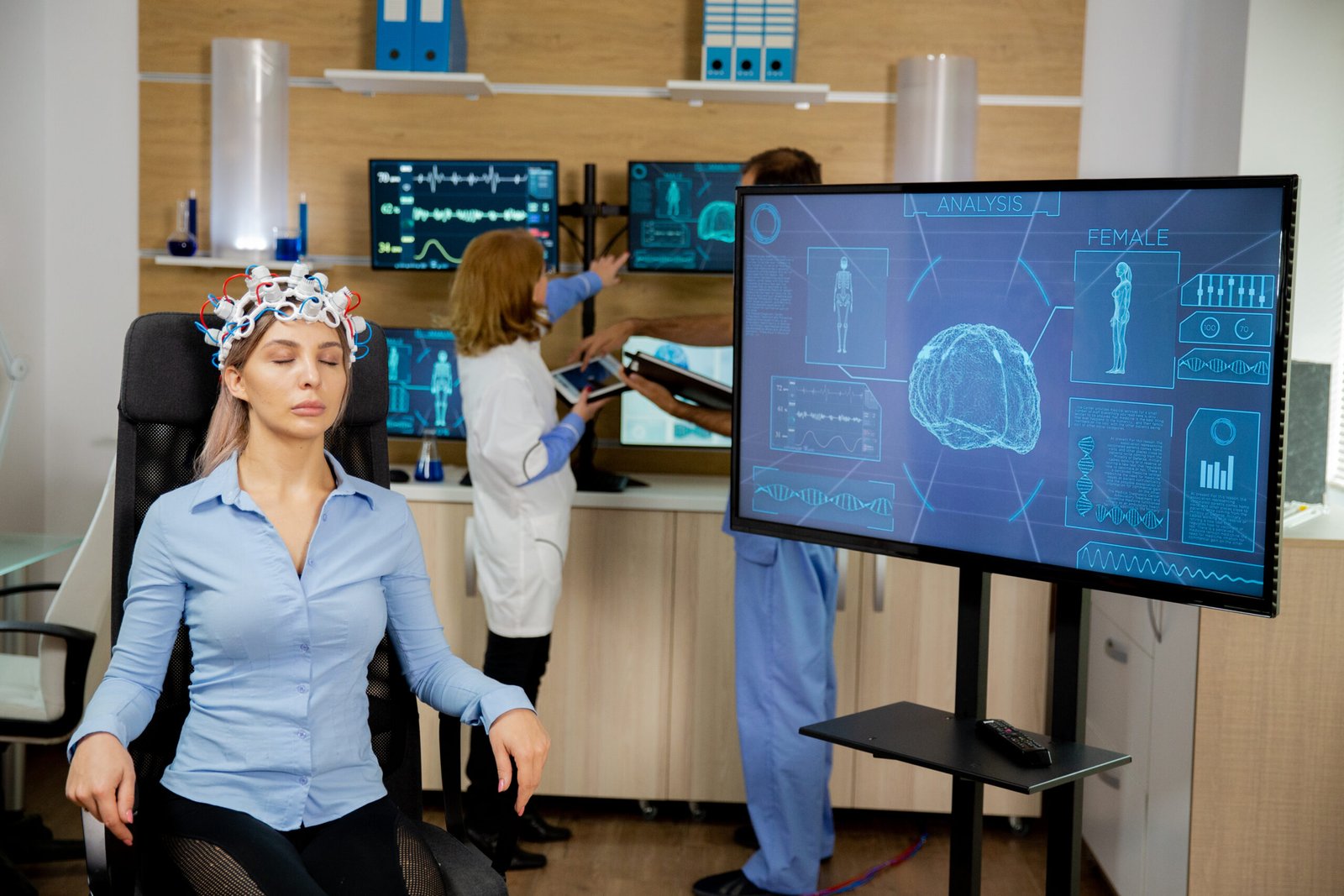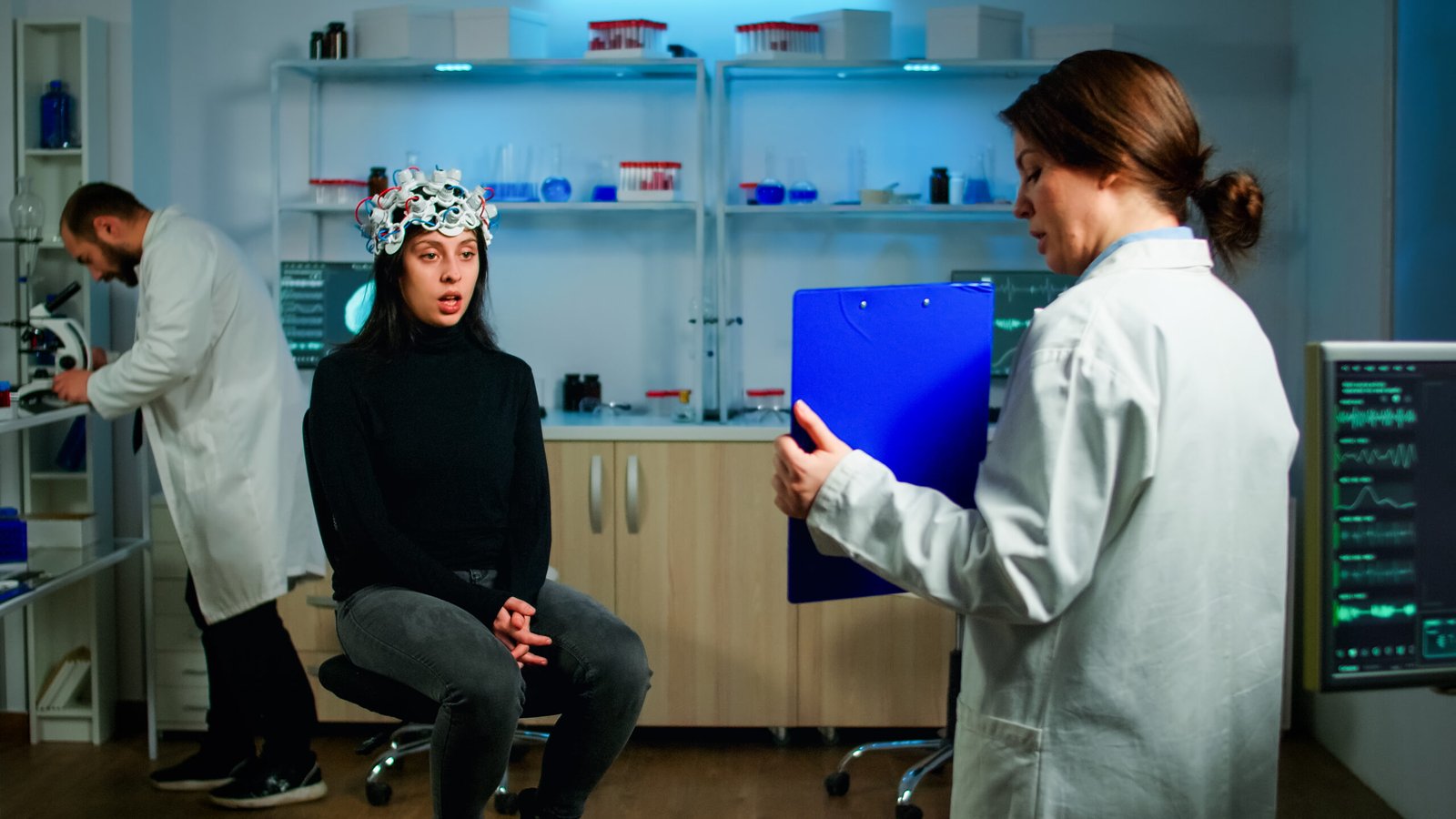
How Does Neurodesign Operate?
The majority of neurodesign principles centre on the brain's visual systems. How we take in and analyse visual information when making judgements. Understanding the brain's hierarchical information processing system is helpful for designers since it may influence how they approach their work overall. Visual design features must be optimised to maximise visual salience and emotional effect because users and consumers of visual design (such as those in advertising) are frequently inundated with information and have short attention spans. If they are not, they are unlikely to have the desired effect on the user or consumer.
Neurodesign operates at the intersection of neuroscience and design, focusing on creating visually appealing and cognitively effective solutions based on how the human brain perceives and processes information. By understanding the neurological and psychological principles that drive attention, memory, and emotion, neurodesigners craft experiences that resonate with users on a deeper level. This involves analyzing brain activity using advanced techniques like functional magnetic resonance imaging (fMRI), electroencephalography (EEG), and eye-tracking to identify what elements capture attention and evoke emotion.

Why use Neurodesign?
Optimizing User Experience: Neurodesign helps understand how the brain perceives and interacts with design elements, leading to more user-friendly products and interfaces.
Enhanced Engagement: By tapping into cognitive and emotional responses, neurodesign can create experiences that captivate and hold users' attention for longer periods.
Increased Effectiveness: Utilizing insights from neuroscience can lead to more effective communication strategies, ensuring that design elements resonate with users on a subconscious level.
Reduced Friction: Neurodesign can identify potential points of friction in user interactions and design solutions to mitigate them, leading to smoother user journeys.
Emotional Connection: By leveraging knowledge of the brain's emotional processing, neurodesign can create experiences that foster stronger emotional connections with users, leading to greater brand loyalty and satisfaction.
Data-Driven Decision Making: Incorporating neuroscience principles into the design process allows for more data-driven decision-making, backed by empirical evidence of what resonates with users at a neurological level.
Innovation: Neurodesign encourages thinking outside the box by challenging traditional design assumptions and incorporating insights from neuroscience research, leading to innovative solutions that break new ground in user experience design.






